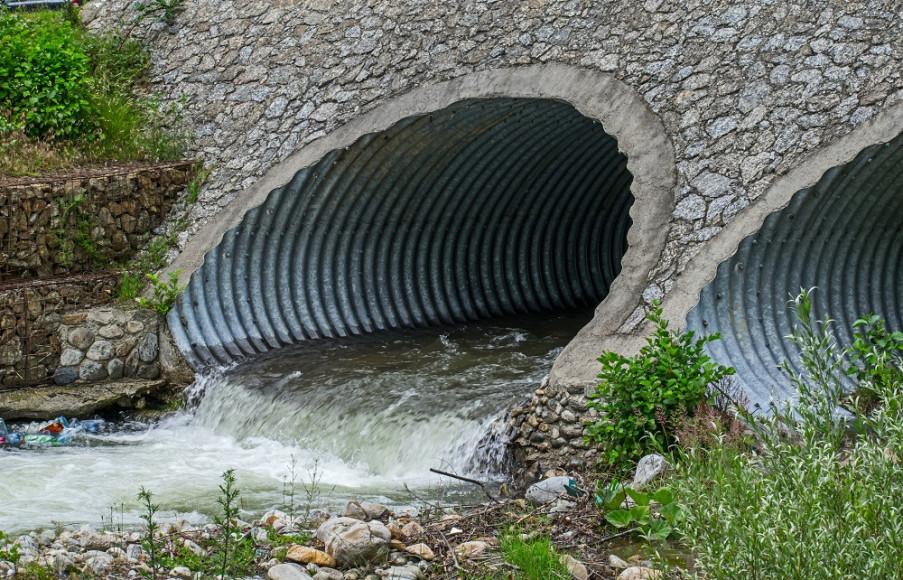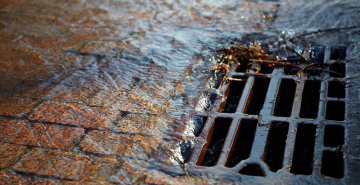Did you know that if your facility is subject to the Clean Water Act, you're required to have a Storm Water Pollution Prevention Plan (SWPPP) in place?
A SWPPP will identify the potential sources of pollution and describe the industrial activities conducted at your site and must be completed before you apply for permit coverage. The EPA's National Pollutant Discharge Elimination System (NPDES) permit program controls and monitors pollution discharges and handles enforcement.
Why a Storm Water Program?
Many types of facilities need a stormwater pollution prevention plan in place to manage their environmental compliance liability risk. Facilities with a comprehensive SWPPP that works in tandem with Best Management Practices (BMPs) will be able to minimize their regulatory compliance risk.
For reference, per the EPA, an industrial SWPPP should (at a minimum) contain the following sections:
- Facility description and contact information (including the pollution prevention team names and responsibilities)
- Potential pollutant sources (i.e. what activities and conditions could cause pollution)
- Stormwater control measures (i.e. how the facility is working to prevent potential pollutant sources from becoming stormwater pollutants)
- Schedule and procedures related to stormwater monitoring and inspections
- Supporting documentation
- Corrective Actions
- Certification
Consequences of Noncompliance: A Case Study
In 2015, one railway was fined $152,000 for violations of the Clean Water Act stemming from, among other things, inadequate SWPPPs. The EPA alleged that one site's SWPPP failed to describe adequate measures the site would implement to minimize stormwater impact; at another site, the SWPPP was incomplete and annual stormwater inspections were lax. In addition to the hefty fine, the railroad agreed to additional environmental assessments and plans to create new action plans to better reduce the environmental impact of their activities.
Is your facility doing what is necessary to remain compliant? Is there a way to do so while also optimizing your approach for the most business value?
Expert Support Can Increase ROI and Lower Risk
While the EPA and numerous state agencies provide templates for facilities to follow when creating a SWPPP, more strategic program design, implementation, and long-term management will provide a higher return on investment and ensure lower risk for violations and monetary fines. Each state has its own requirements that must be incorporated in a SWPPP, and these rules change all the time, which only adds to the complexity.
Engaging an environmental consulting firm provides companies with the industry expertise to identify, mitigate, and manage environmental business risks—skills they likely don’t have in-house. Firms like Antea Group can provide business solutions including compliance risk gap analysis, program design, employee awareness training, permit management, and compliance program management. Working with an expert can also ensure that any prior violations don’t lead to more serious consequences in the future, and ensure a fit-for-purpose approach to navigating the complexities of the federal, state and local regulatory environment.
If your facility has a SWPPP that has not been updated recently, or if you have other environmental, health and safety questions or concerns, please contact us today.







